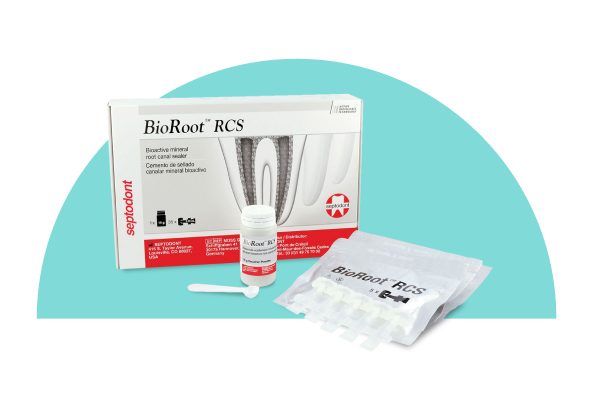How to Find the Best Root Canal Sealer
Septodont BioRoot RCS is among the best root canal sealers on the market. Find out what sets BioRoot apart from its peers with our comprehensive overview.

Septodont BioRoot RCS is among the best root canal sealers on the market. Find out what sets BioRoot apart from its peers with our comprehensive overview.

With so many root canal sealers available on the market, finding a suitable product for your practice can be difficult. While a perfect root canal sealer might not exist, there are products that can provide clinical evidence of being among the best. Septodont BioRoot RCS is one of those products. Before we explain how, it’s important to understand exactly how root canal sealers and BioRoot RCS work.
Almost all of today’s root canals involve the use of root canal sealer to enhance the seal of the root canal filling.
Working in conjunction with gutta purcha (GP) points, the primary job of a root canal sealer is to establish an adequate seal of the root canal.
Root canal sealers do this by filling the gaps between the gutta purcha and the root canal walls.
Below is a full list of root canal sealer uses:
BioRoot RCS comes in a convenient hand-mix presentation that provides full control of final viscosity and a reduced risk of cross contamination compared to in-mouth inserted syringes

Grossman’s criteria for an ideal root canal sealer are as follows:
BioRoot RCS is one of our most popular permanent root canal sealers.
The benefits of using BioRoot sealer include:
BioRoot RCS is one of our most popular permanent root canal sealers.
The benefits of using BioRoot sealer include:


To get the best possible results from your root canal sealer, it’s important to prepare BioRoot RCS according to the manufacturer’s instructions.
Following the technique shown in the video below will help with flowability and ease of handling.